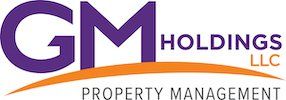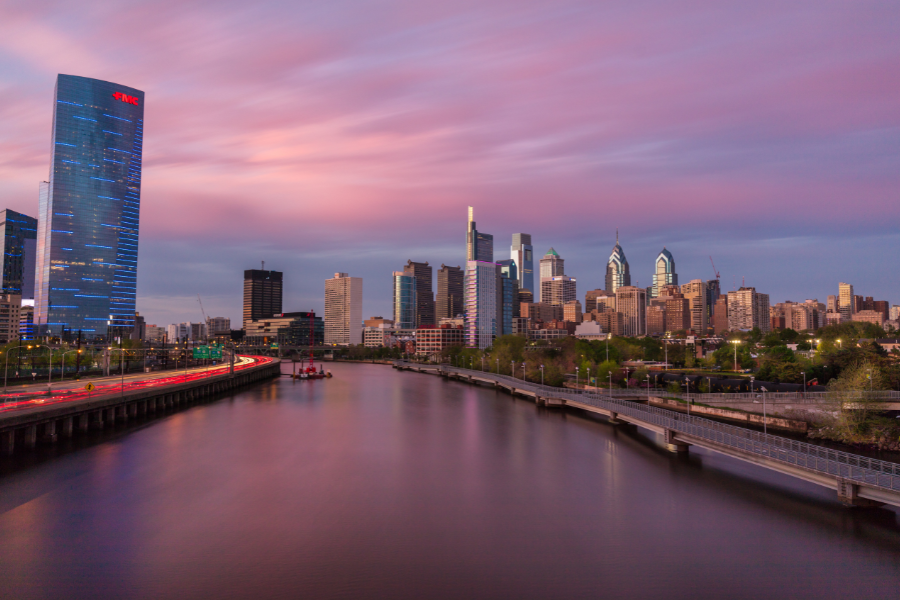Philadelphia Public Transportation Guide
Philadelphia Public Transportation guide
Philadelphia is often rated as one of the most walkable cities in the country. However, if your destination is too far for a stroll, the public transportation system will get you exactly where you need to go – or really close.
SEPTA, (Southeastern Pennsylvania Transportation Authority), has its faults but overall is one of the most efficient bus, subway, and rail systems in the United States. The maps and busy stations may seem daunting, but knowing the public transit system will make getting where you need to go easier and cheaper. Let this be your guide.
Subways
At $2.50 per ride and an additional $1 for a transfer, the subway system in Philadelphia is going to be one of the cheapest methods of transportation in the city. You can purchase tickets and or passes at any station or online.
There are four main lines, Market-Frankford Line (aka the El, the Blue Line), Broad Street Line (aka the Orange Line), Broad-Ridge Spur and the PATCO Speedline. All lines are controlled and operated by Southeastern Pennsylvania Transportation Authority ( SEPTA), aside from the PATCO Speedline, which is operated by the Port Authority Transit Corporation.
For your busiest and wildest weekends, the subway runs 24 hours on Fridays and Saturdays with service every few minutes. Here’s a breakdown of where each subway line will take you!
Market-Frankford Line (aka the El, the Blue Line)
The El is arguably the most well known of the four subway lines. It runs underground for 3.6 miles and stops at 28 stations. This line travels between the 69th Street Transportation Center just outside of West Philadelphia and the Frankford Transportation Center in Near Northeast Philadelphia.
If you’re looking to travel anywhere between Northern Liberties, Old City, the Historic District, Market East, the Convention Center and Chinatown, City Hall, Rittenhouse Square, University City, West Fairmount Park or Spruce Hill, the Market-Frankford line is your best bet.
Broad Street Line (aka the Orange Line)
The Broad Street Line runs all day, every eight minutes Monday to Friday and every 10-12 minutes on weekends. It’s underground for much of its 10-mile length that stops at 22 stations between the Fern Rock Transportation Center in North Philadelphia to Pattison Avenue in South Philadelphia.
The Broad Street Line is a Philadelphia Sports fan’s line of choice. The NRG Station (the final stop on the Broad Street Line) will drop you off steps away from the Wells Fargo Center, Lincoln Financial Field and other events around the stadium complex. This line also makes stops at other prime destinations near Broad Street, such as the Met (a concert venue), City Hall, Rittenhouse Square, and Midtown Village.
Broad-Ridge Spur
The Broad-Ridge Spur services eight stations and is 1.4 miles long. The short ride will bring you to Fern Rock, Olney, Erie, North Philadelphia, Girard, Fairmount, Chinatown, and 8th Street. The only stops that are unique to the Spur are Chinatown and 8th Street; The Broad Street Line also services the other six.
The Spur Line is a connector between the other three subway lines. It splits from the main Broad Street Line at Fairmount and goes south to 8th and Market Streets where passengers can connect to the Market-Frankford Line or the PATCO Speedline.
PATCO Speedline
Trying to get down the shore? The PATCO Line connects Philadelphia with southern New Jersey and runs underground for 2.9 miles of its total 14.2-mile length. The line has 13 stations and travels east to west from 15-16th and Locust in Philadelphia to Lindenwold in New Jersey, where you can easily connect to NJ Transit to Atlantic City. This line conveniently runs 24-hours a day and only costs $1.40 for a one-way ticket. PATCO and SEPTA have separate fares and ticketing systems. However, you can buy SEPTA tickets at PATCO station vending machines to easily continue your travels.
Regional Rail
The Regional Rail is the commuter’s daily routine. Leaving from 30th Street Station, Jefferson Station, and Suburban Station, Its expansive route connects the city of Philadelphia with all of its surrounding suburbs. To give you an example, Paoli, Thorndale, Malvern, East Falls, Manayunk, Chestnut Hill, Mt. Airy, Ardmore, Villanova, Swarthmore, Doylestown, and Downingtown are only some of the destinations serviced by the Regional Rail.
The Regional Rail will take you to the Philadelphia Airport from 30th street station in under 25 minutes. But, keep in mind, it stops running at midnight and starts back up at 5 am!
Pro tip: buy your tickets from a kiosk at the station! While you can purchase them on the train, your fare can go from $5.25/$6.75 to $7 or $8. But, if you are in a hurry and have to get on without a ticket, make sure to keep a card on you because they will not accept cash on weekday travel after 3 pm. Additionally, $20 bills are the largest denomination accepted by the Regional Rail.
Septa Buses
If you don’t live within walking distance to one of the subways or train stations, SEPTA’s bus system can get you there. The routes and stops are organized to connect on corners and at intersections, as well as with other bus terminals, and transportation centers. The bus routes cover many areas of the region from Germantown, Manayunk and Chestnut Hill to many surrounding suburbs.
Several “Night Owl” bus routes run 24 hours a day so no matter when you get off your train or out of work, a bus will be waiting to take you home! Your fare will be $2.50, exact cash only , your bus driver will not make the change.
There are over 300 routes and dozens of busses running through our city into neighborhoods and suburbs. Take a look at the bus stops and schedules here .
Sometimes getting to one location may require multiple types of transportation. It can be tricky and stressful! If you’re still struggling to understand the easiest way to get to your destination, let SEPTA help; visit the ‘ Plan My Trip ’ portion of their site.







